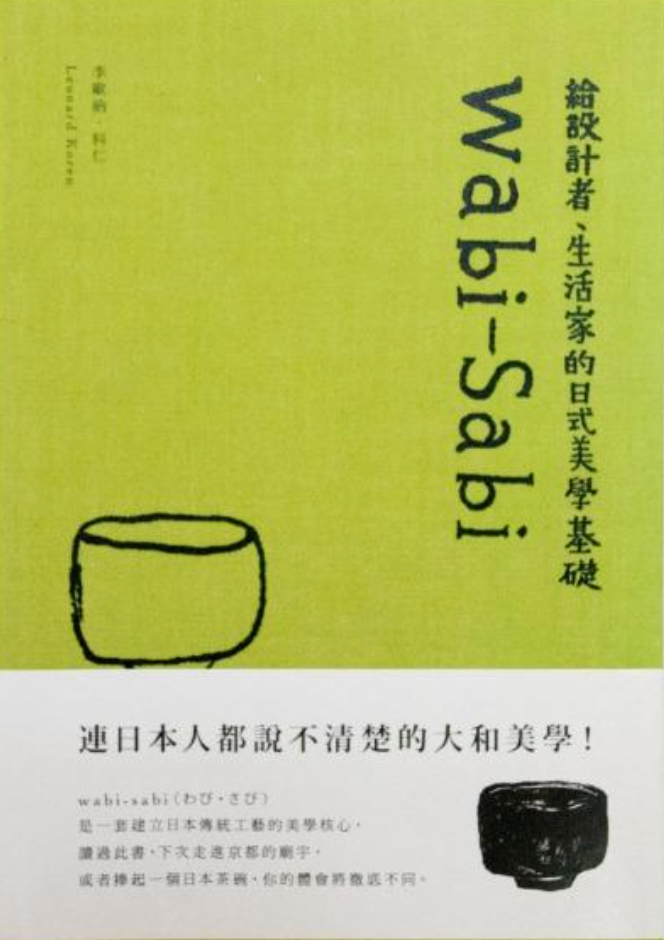Wabi-Sabi: the basis of Japanese aesthetics for designers and lifers
Wabi-Sabi: the basis of Japanese aesthetics for designers and lifers
Couldn't load pickup availability
Japanese tea ceremony master Sen no Rikyu was about to clean the courtyard full of fallen leaves.
First, he carefully cleaned the ground and grass.
Then he shook one of the trees so that a few leaves would fall off.
That's it.
Every Japanese knows what wabi-sabi is, but if they want to explain it, they may hesitate for a long time, and finally say apologetically: "Probably only Japanese people can understand it." This mysterious concept that only Japanese understand is the Japanese aesthetics for thousands of years. Base. Whether it is Kyoto’s temples, gardens, and roof tiles, or Tokyo’s architecture, tea bowls, and clothing, this concept is displayed everywhere. Especially in the teahouse, almost every movement and utensil exists to experience wabi-sabi.
When faced with a tea bowl, where should we begin to appreciate it? check carefully? Or just relying on intuition? Several concepts of wabi-sabi can change our attitude towards things. For example, the book mentions that "beauty is actually just a condition of compromise with ugliness." Sen no Rikyu once had a tea bowl, which did not stand out among the many tea bowls. But once, Sen no Rikyu put several tea bowls out for his disciples to choose from. In the end, no one took the remaining tea bowl, so he called it "Mushou" (Japanese call him last). The autumn persimmons that have not been picked are called "Kimori"). Through naming and stories, Rikyu changes the relationship between people and things, creating an atmosphere of "beauty" from the "ugliness" of others. This is wabi-sabi.
Yes, Sen no Rikyu is the practitioner who has brought wabi-sabi to its fullest, and this book is the first to sort out wabi-sabi so that everyone can understand it. The content of this book uses simple regulations, comparisons and examples to lead us into the world of wabi-sabi, from which designers can gain an entry point for creation (readers of the Amazon bookstore in the United States have repeatedly stated that this book allows him to design new designs every year). works), ordinary travel enthusiasts and life-lovers can find a new fulcrum and change their attitude towards the world. Next time you walk into a temple in Kyoto or pick up a tea bowl, in addition to being amazed, wabi-sabi will also let you read out what it wants to say.
The author of this book is Leona. Leonard Koren has lived in Japan for many years and served as a columnist for the famous Japanese magazine BRUTUS for three years. Although he had professional architectural training, he had only built one teahouse. He wrote this special book on wabi-sabi in 1994, which remains the most widely cited source today.


